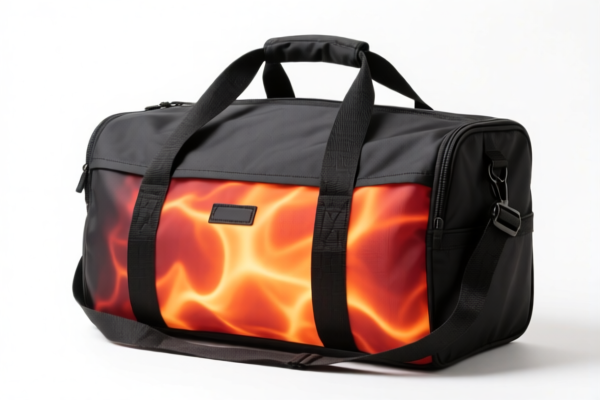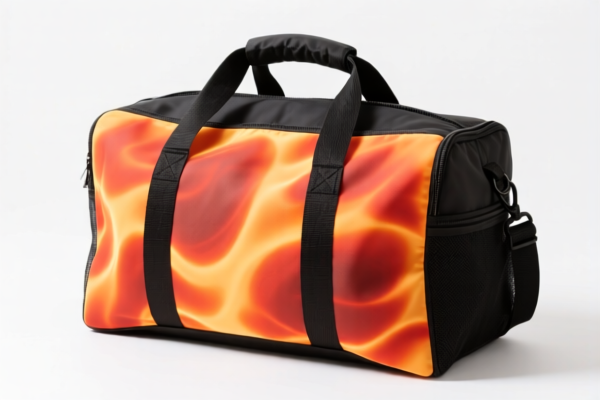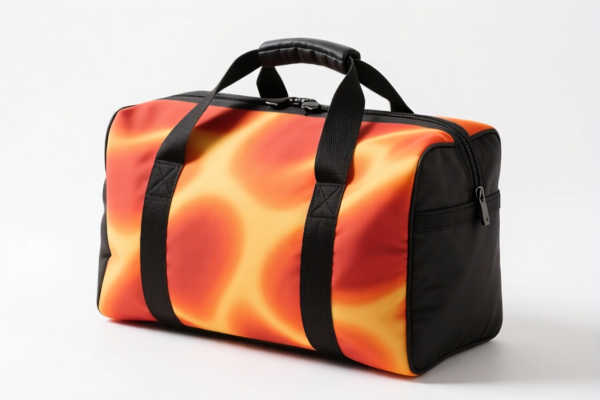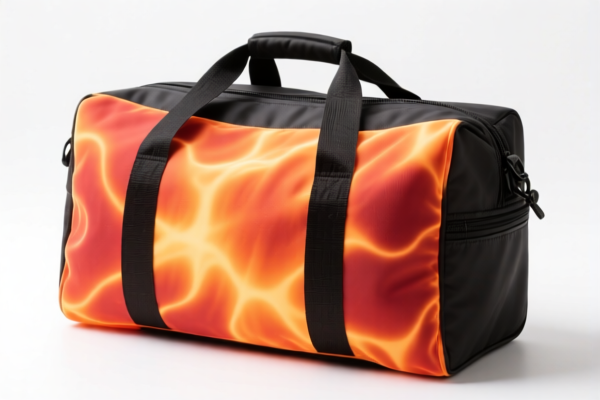| HS Code | Official Doc | Tariff Rate | Origin | Destination | Effective Date |
|---|---|---|---|---|---|
| 3923900080 | Doc | 58.0% | CN | US | 2025-05-12 |
| 6305900000 | Doc | 43.7% | CN | US | 2025-05-12 |




Okay, let's break down the classification and tax implications for your "COOLER BAG" declaration. You have two HS codes provided, which suggests there might be some ambiguity in how your cooler bags are constructed. Here's a detailed analysis:
Understanding the HS Codes & Potential Classification
It appears your cooler bags could fall under either plastic packaging (HS 3923.90.00.80) or textile packaging (HS 6305.90.00.00), depending on the primary material.
-
HS Code 3923.90.00.80: Articles for the conveyance or packing of goods, of plastics; stoppers, lids, caps and other closures, of plastics: Other Other
- 39: Plastics and articles thereof. This chapter covers goods made of plastic.
- 23: Packing articles, including stiffened paper. This narrows it down to items used for packing goods.
- 90: Other. This is a residual category for plastic packing articles not specifically mentioned elsewhere.
- 00.80: Further specifies "Other" within the "Other" category. This is often used for a variety of miscellaneous plastic packing items.
- Tax Rate: Currently, this code has a total tax rate of 58.0% (Basic Duty 3.0% + Additional Duty 25.0%, increasing to 30% after April 2, 2025).
-
HS Code 6305.90.00.00: Sacks and bags, of a kind used for the packing of goods: Of other textile materials (899)
- 63: Textile fabrics. This chapter covers goods made of textiles.
- 05: Sacks and bags. This narrows it down to textile sacks and bags.
- 90: Of other textile materials. This indicates the bags are made from textile materials other than specifically listed ones (like cotton).
- 00.00: Further specifies "Other" within the "Other" category.
- Tax Rate: Currently, this code has a total tax rate of 43.7% (Basic Duty 6.2% + Additional Duty 7.5%, increasing to 30% after April 2, 2025).
Which HS Code is Correct?
The correct HS code depends on the dominant material of your cooler bags.
- If the cooler bag is primarily made of plastic (including the lining, handles, and any outer coating), HS 3923.90.00.80 is likely the correct code.
- If the cooler bag is primarily made of textile materials (like polyester, nylon, canvas) even with a plastic lining, HS 6305.90.00.00 might be more appropriate.
Important Considerations & Recommendations:
- Material Composition: Carefully review the material composition of your cooler bags. The percentage breakdown of each material is crucial. If it's close, customs may ask for a material test report.
- Functionality: While both codes cover "packing goods," consider the primary function. Is it more of a plastic container designed for packing, or a textile bag adapted for packing?
- Single Declaration: You generally shouldn't declare the same item under multiple HS codes. Choose the most accurate one.
- 2025.4.2 Tariff Changes: Be aware of the increased additional duties coming into effect on April 2, 2025. Factor this into your cost calculations.
- Certification: Depending on the end-use of the cooler bags (e.g., food contact), you may need certifications like FDA or LFGB compliance. Check the import regulations of the destination country.
- Invoice Details: Ensure your commercial invoice clearly states the material composition, weight, and intended use of the cooler bags.
- Customs Ruling (Optional): If you're unsure, consider applying for a binding customs ruling in the destination country. This provides legal certainty.
To help me narrow down the best HS code for you, could you tell me:
- What is the primary material of the cooler bag? (e.g., 80% polyester, 20% plastic lining)
- What is the intended use of the cooler bags? (e.g., food storage, general transport)
Disclaimer: I am an AI assistant and cannot provide definitive customs advice. This information is for general guidance only. You should always consult with a qualified customs broker or import specialist for specific advice related to your situation.
Customer Reviews
The page helped me understand the difference between plastic and textile cooler bags for HS code classification. Very informative!
The mention of the 2025.4.2 tariff changes was a great reminder to plan ahead. I didn't know about that update.
The breakdown of the 43.7% tariff for HS 6305.90.00.00 was clear and helpful. I'll be using this for my textile cooler bags.
The information was good, but I wish there were more examples of how to determine the primary material for classification.
The detailed explanation of the 58% tariff for HS 3923.90.00.80 was exactly what I needed for my export planning.